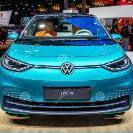Clasament
Conţinut popular
Se afişează conţinutul cel mai apreciat din 18.03.2020 în toate secţiunile
-
2 points
-
Deci, daca nu faci mai mult de 50km/zi prin oras si ai cum sa incarci masina acasa poti merge cu cu un plug-in doar electric mult si bine precum cu una full electrica. Am passatul GTE si prin Bucuresti mai trec in modul hybrid doar asa, ca sa nu "rugineasca" motorul termic? Benzina am pus doar de 2 ori anul trecut si a fost folosita in proportie de 90% pentru deplasarea in concediu. In oras merg exclusiv in electric si in caz ca fac drumuri "mai lungi" o trec in mod hybrid si merg linistit cat am nevoie cu un consum mediu de 3,8%. Pentru mine nu a fost o alegere gandita in scop de economie, pur si simplu mi-am dorit experienta condusului electric dar fara a sta cu stresul autonomiei. Si venind tot de pe un Passat (B7) a contat mult sa pastrez un confort similar. Just my 2 cents.2 points
-
Pai nu ai mers la raionul potrivit. Daca mergeai la cel de faina era curat ?2 points
-
1 point
-
Iti recomand macar 190cp pe Tiguan daca vrei sa fii aproape de A4 143cp. Le am pe amandoua si la Tiguan simt permanent masa mare. 150cp pe Tiguan vor fi mereu in urma celor de pe A4, e ca si cum mergi cu A4 mereu plin, ai vreo 300kg in plus. Eu am fost la drivetest cu Tiguan de 190cp+DSG si mi s-a parut potrivit ca reprize si confort la drum extern si oraș. @DDoc Pe configurator vad 190cp doar in combinație cu dsg si 4M. 190cp cu manuală nu este pe Highline. Poți alege cutia doar la cel de 150cp. @Vartanel Tu ai intrebat, noi ne-am dat cu pararea. Personal as alege motorul si cutia inaintea oricarui optional, in ele stau farmecul mașinii. Mai pune-i cai... Mai ai varianta unei masini cu rulaj mic, e una la piatra neamt la dealer, are tot ce voiai tu fara trapa si este 190+dsg, e mai ieftina decat config propusa si nu astepti cine stie cat. Tinand cont de epidemie, probabil se vor mai ieftini si cele noi, acum e inghesuiala la hartie igienica, nu la masini.1 point
-
Legat de alb simplu si cel perlat (Oryx) + R line... Strict raspuns la intrebarea ta, cred ca albul simplu merge mai bine, dar cel perlat e mai interesant si are stratul de lac in plus... DAR ...in situatia aceasta de configuratie nu cred ca este o idee prea buna sa dai +1000 euro pentru o alta nuanta de alb si sa nu ai buget pentru DSG ( am inteles ca din pacate rabla te conditioneaza de alt motor ) Daca ai bani de alb perlat atunci mai bine renunta la rabla si la alb perlat si dynaudio si cum au zis alti colegi mai sus fa un efort si incearca sa urci la 190 cp + DSG... Asta este parerea mea...1 point
-
Corect CRICU90, cu exceptia faptului ca, paradoxal, desi cu egr anulat si uneori check engine aprins, nu se simtea ca ar fi in limp, masina tragea normal. La un mers zilnic de circa 25 km, uneori stoca eroare, alteori nu (puneam vag-com zilnic) iar check engine se aprindea daca opream undeva si stationam ceva timp iar la plecare motorul era nici rece nici cald si probabil, uneori la mers subturat, o conduce sotia... Altfel masina era surprinzator de sprintena chiar si cu checkul aprins. Am dat aceste detalii care ar putea fi utile in alte cazuri asemanatoare, desi cazul meu probabil e unul destul de rar.1 point
-
A spus motivul anularii... EGR defect, rulment spart la actionare si ciuperca vacuumatica blocata, dadea erori si limp si nenea vanzator a "reparat" egr prin metoda simpla.1 point
-
Mersi Gusti pentru retur + poze.. Din păcate gri-ul nu o încântă pe "șefa" mea = soție.. Revin imediat pe forum cu configurația mea finala pentru ultime păreri + sfaturi înainte de merge la dealer săptămâna viitoare în vederea lansării comenzii în cauza. Numai de bine și sănătate!1 point
-
1 point
-
Vorbesc din experinta legat de reprezentanta, cat priveste completatul antigelului ... la orice motor poti completa fara sa observi vreo problema, dar asta nu inseamna ca e normal. Nu cred ca motoarele mai noi consuma si antigel, faptul ca nivelul scade nu poate indica decat faputl ca se pierde pe undeva. PS: Din replica foarte acida sa inteleg ca si tu compeltezi cu antigel ?1 point
-
1 point
-
Pentru a intelege o fisa tehnica a unui ulei, cred ca ar fi ok sa fie interpretati corect toti indicatorii din specificatii ( mai jos cateva mentiuni care ii pot ajuta si pe cei care nu inteleg anumiti termeni, si nu stiu sa-i interpreteze ): ( PS, cu siguranta este un post mai lung, si s-a discutat de fiecare aspect in parte, de mai multe ori, dar am incercat sa le centralizez pe toate intr-un singur loc ) Daca considerati prea lung si inutil acest post, va rog sa-l stergeti ! Multumesc. ▶ Viscosity at 40 degrees ▶ Viscosity at 100 degrees With decreasing temperatures the viscosity of an oil increases. On the other hand, an increase in temperature leads to a decrease in viscosity and the oil becomes thinner. In order to investigate these viscosity changes at increasing temperatures, the oil gets heated till 40°C and 100°C Intermediate information: The viscosity grade is not proportional to the temperature. An engine oil at 100 degrees would therefore not be twice as thin as one at 50 degrees. For this reason, the two mentioned temperatures are used to investigate the individual changing viscosity grade under increasing temperature conditions. The result of this investigation is described as kinematic viscosity. Its result is output in mm²/s. These values indicate the time the engine oil needs at the respective temperature to flow through a test defined distance. The less mm²/s the engine oil needs to flow at these temperatures, the thinner it becomes at high temperatures. It therefore changes its viscosity faster (becomes thinner) and reacts faster to temperature changes. A higher value implies a higher viscosity stability. The engine oil would therefore retain its initial viscosity for a longer period of time as the temperature rises and would lubricate the engine constantly. ➥ In short: The higher the result values (mm²/s), the more constant the viscosity remains at high temperatures and thus allows longer constant lubrication despite increasing temperature changes. ▶ Viscosity Index The viscosity index (VI) deals with the viscosity at different temperatures. The VI is a paramter which is measured at temperatures of 40°C and 100°C (the result from the point "viscosity at 40°C and 100°C"). The viscosity index is represented in natural numbers. The higher the viscosity index value of an engine oil, the less the initial viscosity changes at higher temperatures. However, it must be considered that the viscosity index is based on the quality of the base oil and can be increased by additional additive packages (named as "VI-Improvers"). Group IV and V base oils automatically have a higher VI than those of Group I-III. The synthetic oils with a Group IV or V base oil also work with significantly fewer VI improvers despite a higher viscosity index, since their basic quality is better than that of hydrocrack oils. Intermediate information: Pure mineral base oils usually have a viscosity index of around 95. The VI of synthetic base oils with additives, on the other hand, is already 130. ➥ In short: The higher the viscosity index of the engine oil, the lower the change in viscosity at high temperatures. ▶ HTHS The High Temperature High Shear (HTHS) describes the dynamic viscosity at 150°C and under the influence of high shear forces. Viscosity at high temperature and high shear rate (high speed range). Such conditions occur where mechanical components are subject to particularly rapid movements (e.g. crankshaft, cylinder track, etc.). The HTHS value is shown in millipascal seconds (mPas). A higher value indicates a thicker oil film at high temperatures. This oil film would break later under these extreme conditions than those with a lower HTHS value. A higher value would therefore protect the engine more against wear, as the oil film remains permanent and guarantees lubrication. However, a lower HTHS value has the advantage that fuel savings can be achieved due to the lower internal friction and fewer exhaust gases. HTHS limit values have also been defined in accordance with SAE and ACEA standards and several automotive manufacturers. They are intended to ensure that multigrade oils (e.g. 0W-30, 5W-30, etc.) with VI improvers (see „viscosity index“) guarantee the necessary lubrication despite extreme temperatures and shear rates. Such limit values are structured as follows: ACEA A5, B5: 2,9-3,5 mPas (low HTHS) ACEA C2: ≥ 2.9 mPas (medium HTHS) ACEA A3, B3: 3.5 mPas (high HTHS) Vehicle manufacturers like VW, Opel, BMW, Mercedes Benz and Ford require a high or low HTHS value for their engines, depending on the engine type and oil approval. The HTHS value that an engine oil must have for its own vehicle is specified directly by the car manufacturer in the service manual. If an engine oil with the specification ACEA C2 is prescribed, no oil with an ACEA A5 / B5 specification should be selected, just because it has a lower HTHS value. After all, every engine needs a certain HTHS value for its optimum performance. For this reason, the HTHS values between the oils can only be compared if they have the same specification(s). As mentioned above, an ACEA A5/B5 engine oil would always have a lower HTHS value than an ACEA A3/B3 engine oil. In summary, it cannot be said whether a high or low HTHS value is better. This answer can only be given if, for example, the specified HTHS limit values (by standards such as ACEA, API, etc.) and the temperatures and shear forces occurring are taken into account. In simple terms, if a car drives more short distances in urban traffic, lower temperatures and shear forces occur, a lower HTHS value would be advantageous.A fast driven car during long distances would, on the other hand, benefit from a higher HTHS value. ➥ In short: A comparison of these measured values can only be made if the engine oils have the same specifications or approvals and are therefore subject to the same tolerance intervals. A higher HTHS value has a positive effect on engine protection at high temperatures and high shear forces (advantageous for driving at higher speed range and long distances). A lower HTHS value has a positive effect on fuel consumption and exhaust emissions at lower temperatures and shear forces. ▶ TBN The Total Base Number (TBN) describes the total number of bases inside of an engine oil. This value is particularly relevant for the analysis of the lubricant. The TBN value indicates the alkaline reserve inside of the engine oil. This value is represented in mgKOH/g. The task of the alkaline reserve is to neutralise harmful acids which are produced by the combustion of sulphurous fuel. Intermediate information: The sulphur content of the fuel is not the same in every country. The higher the sulphur content, the faster the alkaline reserves are consumed. As a result, the engine oil would have to be changed more often than in countries with low levels of sulphur in the fuel. In Germany, the proportion of sulphur in fuel is comparatively low. The harmful acids ultimately lead to corrosion in the engine. The alkaline reserve, and thus the TBN value, decreases steadily over the lifetime of the engine oil. The higher the mgKOH/g in the engine oil, the longer the engine oil can protect the engine from the negative effect of harmful acids. As mentioned above, however, this duration of protection also depends on the respective sulphur content in the fuel. ➥ In short: The higher the TBN value (mgKOH/g), the longer the active engine protection against alkaline acids takes place. ▶ Pour Point The pour point (measured in -°C) indicates the temperature at which the oil is still flowing. However, it says nothing about the flowability at low temperatures. For this reason, this measured value also plays a subordinate role with regard to the quality aspects of an engine oil. With regard to flowability at low temperatures, it is more important to pay attention to viscosity. A multigrade oil, such as a 10W-40, must still have a prescribed flowability at -25°C. This is because the viscosity of a multigrade oil must be at least as high as that of a 10W-40. The same therefore applies to 0W-30 oils. If there is a high pour point (the higher the temperatures below zero), the lower the temperature will be before the oil can no longer flow. ➥ In short: The Pourpoint is not a direct quality aspect of an engine oil and says nothing about the flowability at low temperatures. A higher pour point ultimately indicates the low temperatures at which the oil is still flowing. ▶ Sulphate Ash The portion of sulphate ash is the result of the combustion of engine oil. During engine operation, metallic abrasion occurs which is absorbed by the engine oil. In addition, other impurities, such as dust, can get into the engine oil. In the laboratory test, the engine oil gets heated and annealed at a temperature of around 775°C - 800°C. The sulphur ash (represented in decimal numbers) in the form of remaining metal oxides and impurities is measured by its weight. A high proportion of sulphate ash increases the risk of clogging the fine pores of the diesel particulate filters or the fins of the catalytic converter. To reduce this ash content, special LOW-SAPS engine oils have been developed. The proportion of additives such as sulphur, zinc, boron, magnesium, calcium and phosphorus has been reduced in these engine oils in order to reduce the sulphate ash content and relieve the exhaust aftertreatment systems. However, it must also be mentioned in this context that the reduction of additive packages also reduces the alkaline reserves (see TBN) and thus reduces the longevity of the engine oil. Due to this correlation, it becomes clear that the low or high contents of sulphate ash can sometimes have advantages but also disadvantages. ➥ In short: A low content of sulfated ash is better for the service life of the diesel particulate filter (DPF) and catalyst. However, it has a shorter service life of the engine oil (see „TBN“). ▶ NOACK Evaporation according to NOACK at 250°C investigates the evaporation loss of the engine oil. An engine oil consists of various chemical components. These, in turn, have different volatilities and evaporate at different temperatures. This test examines the resistance of the oil to evaporation. The result is the thermal resistance of the engine oil. In the NOACK test, the engine oils are heated to a temperature of 250°C and exposed to a constant air flow. Under these conditions it is measured which percentage of the oil evaporates within a time interval of 60 minutes. ➥ In short: the higher the percentage, the higher the evaporation and thus the evaporation of the engine oil. ▶ Flash Point The flash point is the temperature at which vapours generated by the temperature would ignite in combination with air. The higher the viscosity, the higher the flash point of the engine oil. Intermediate information: The flash point does not affect the quality of the engine oil. This characteristic value is rather relevant when it comes to bearings or transport. ➥ In short: The higher the flash point, the higher the temperature would be needed to cause ignition in the engine. ▶ CCS -35 degrees The cold viscosity determined with the CCS Cold Cranking Simulator is a characteristic value that indicates the cold viscosity at friction points (cylinder-piston group, wheel bearing, etc.). The limits are set by the SAE J300 standard. This method is used to simulate the dynamic viscosity of the oil during a cold start (the engine is started at low temperatures). The cold viscosity is measured in millipascal seconds (mPas). As the temperature decreases, the viscosity increases. It means that the oil becomes more viscous. In order to correctly interpret the results from the CCS, it is always necessary to indicate the temperatures at which the test was carried out. In this oil analysis, a temperature of -35°C was measured. As mentioned, the viscosity of the oil runs counter-rotating to the temperature. A decreasing temperature results in an increasing viscosity. The result from the table must therefore be interpreted as meaning that a lower value of the millipascal seconds (mPas) for the tested -35 degrees means a lower increase in the viscosity. ➥ In short: A lower value implies a lower increase in viscosity at cold temperatures. ▶ MRV -40 degrees The term MRV refers to the Mini Rotary Viscometer. It is a device used to measure the pumpability of an engine oil at low temperatures and a defined temperature profile. The test method used is ASTM D4684. The result is reflected in millipascal seconds (mPas). The engine oil needs this mPas for the oil supply. The results refer to a temperature of -40°C. ➥ In short: The lower the mPas of this analysis, the lighter and faster the engine oil is pumpable and can lubricate the engine at low temperatures.1 point
-
Salutare! Retrofitul Lane Change Assistant/ Rear Cross Traffic Alert a fost implementat cu succes după 6 ore de munca, aștept sa se termine calibrarea automata sa ma pot bucura de funcționalitate maxima, va atasez câteva poze cu rezultatul final. In momentul de fata am full asistenți. Ultimul Retrofit va fi Webasto și cu acesta am finalizat toate retrofiturile posibile pe o Skoda Octavia 3.1 point
-
1 point
-
Pai si compari Ioniq cu passat? e ca si cum ai compara prius cu passat. Da, au 4 roti si scaune, in rest total diferite. M-am tot gandit si eu la "economia" asta de a rula o masina orientata spre eco, hibrid, electrica. Cea mai mare economie este sa nu mergi cu masina, insa cum asta nu se poate intampla, a doua cea mai mare economie este sa nu cumperi nimic. In momentul in care iti cumperi masina de 20.000e+ doar pt ca ai fi economisit 150 euro pe luna, suna asa, fabulos a la Capatos, sau pt astia mai inaintati in varsta, fabulos a la Dan Diaconescu in direct.1 point
-
ODO: ~121.400. Nimic nou, strangem piese pt primavara Au ajuns momentan: jantele Motec Ultralight (8.5x19 ET43, matte gunmetal), discuri spate Tarox F2000 (310x22), placute fata-spate Tarox Strada, cablajul pt RVC + piesele uzuale pt revizie: filtru ulei, polen, benzina, cam follower. Revizia asta dau baia jos pt curatare si schimb si sorbul de ulei. Pe drum sunt: discuri Tarox F2000 bespoke pt fata (370x32). Astept cu nerabdare luna mai ca sa le urc pe toate pe masina Si 2 poze cu jantele. A iesit ciudat culoarea in pozele mele, arata ca pe R-ul de mai jos Stay safe!1 point
-
Nuuu, sunt foarte multumit de Nokian-uri ca si anvelope de iarna ! Si sa stii ca ele chiar sunt UHP pentru iarna - de departe cele mai bune anvelope de iarna pe care le-am avut vreodata pe o masina.1 point
-
1 point
-
Aceeasi TAMPENIE ai mai spus-o si pe alt topic, acolo ai raspunsul meu!1 point
-
In sfarsit cineva care da "soc in motor" corect corespunzator altii cumpara masini cu acelasi motor doar ca sa se duca la piata cu ele si sa posteze poze din spalatorii Cu caii cum stam?-1 points
-
NU MAI CITA POSTAREA ANTERIOARA! Va mulțumesc deja pentru aceasta prima parte de păreri și sfaturi. Nu m-ar deranja sa trec din 6MT pe DSG dar nu prea ma încântă cutiile automate și am temere pt viitor dpdv fiabilitate, etc., îmi place ceva mai simplu și mai controlabil cum este cutia manuala pe care o am și pe masina actuala A4 limuzina 2.0L 143CP 6MT. Acum alta este pb mea, trebuie și îmi este cerut imperativ de soția mea sa folosesc rabla / moștenire de familia în achiziționarea noii mașinii.. De aici și constrângerea de a rămâne la 150CP 2.0L diesel = singura varianta ca motor încă eligibila programul Rabla 2020. Astept și alte păreri legate de culoare și echipari/opțiuni.. Este albul Onyx (simplu) OK sau s-ar vedea mult mai bine cu cel perlat.. Ma refer la contrastul cu negru (R-line). Alte păreri? Mersi și să vă reamintesc va fi mașina de familie deja cu 2 pici mici.. Nu știu dc vreau sa mai fie și super sportiva.. Dc este măcar ca Audi-ul meu actual.. Cristi-1 points
Acest clasament este setat la Bucharest/GMT+02:00


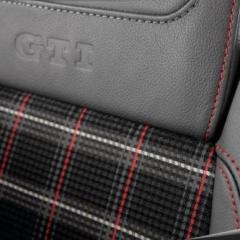

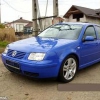
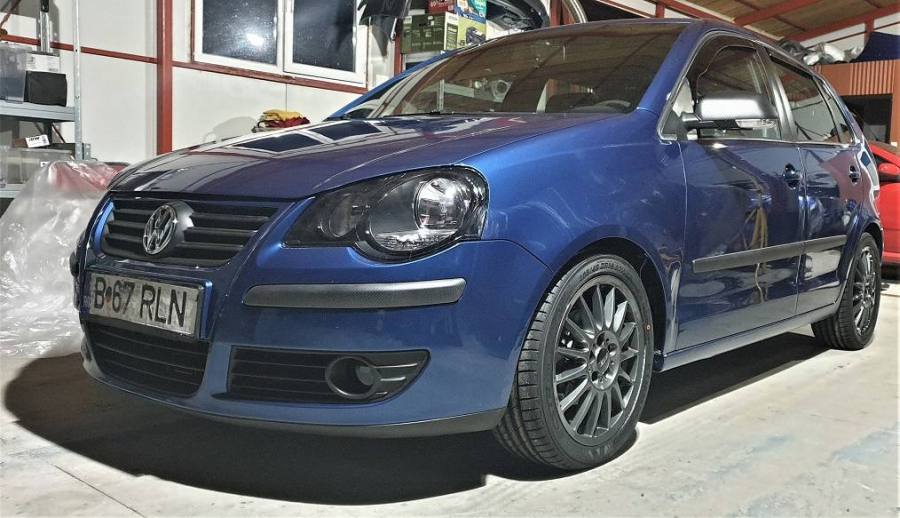
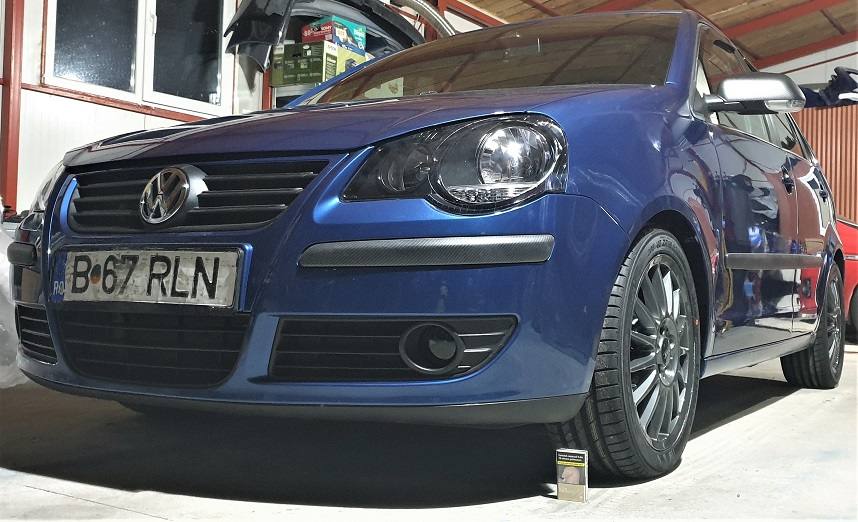
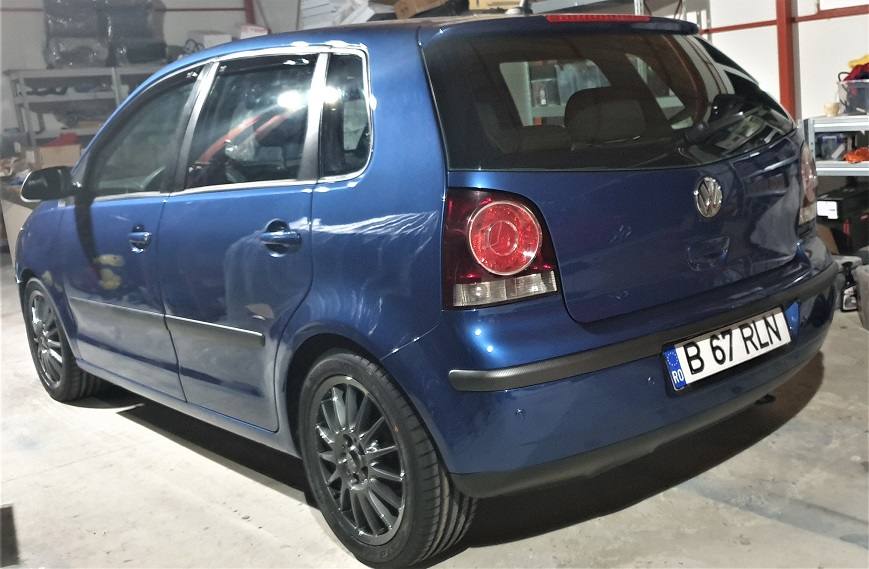
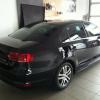
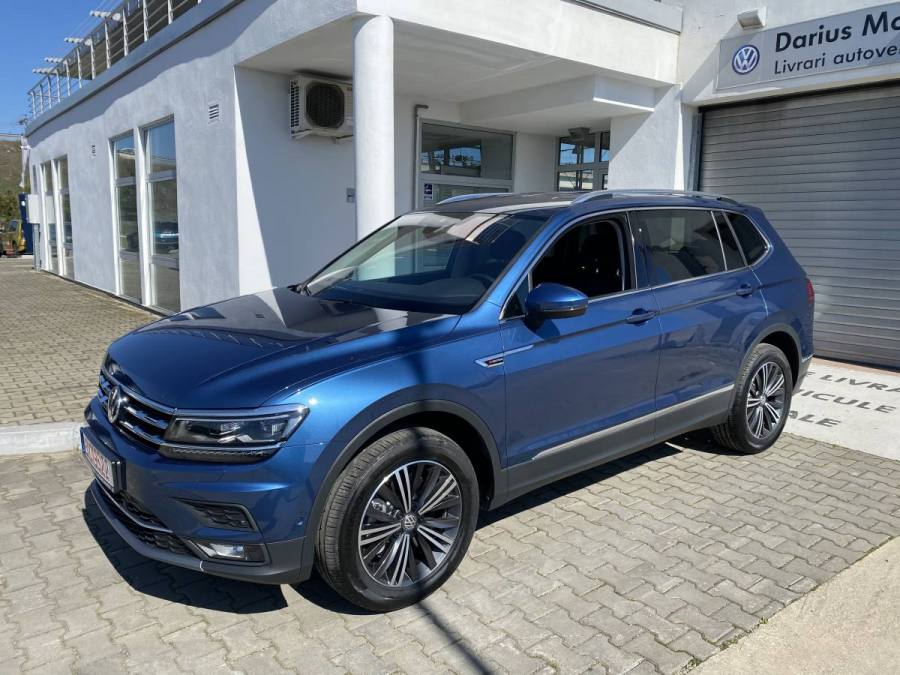

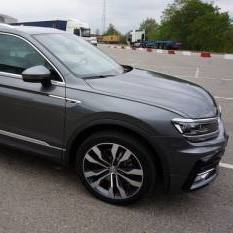
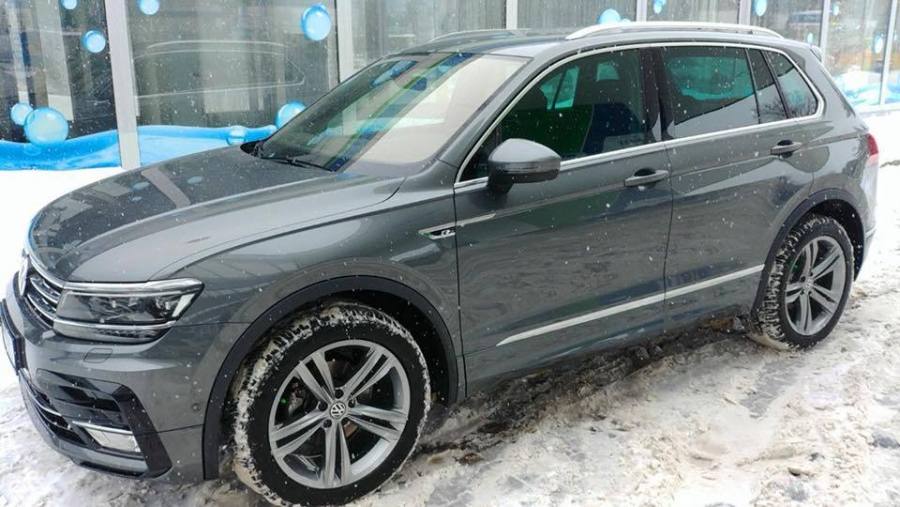

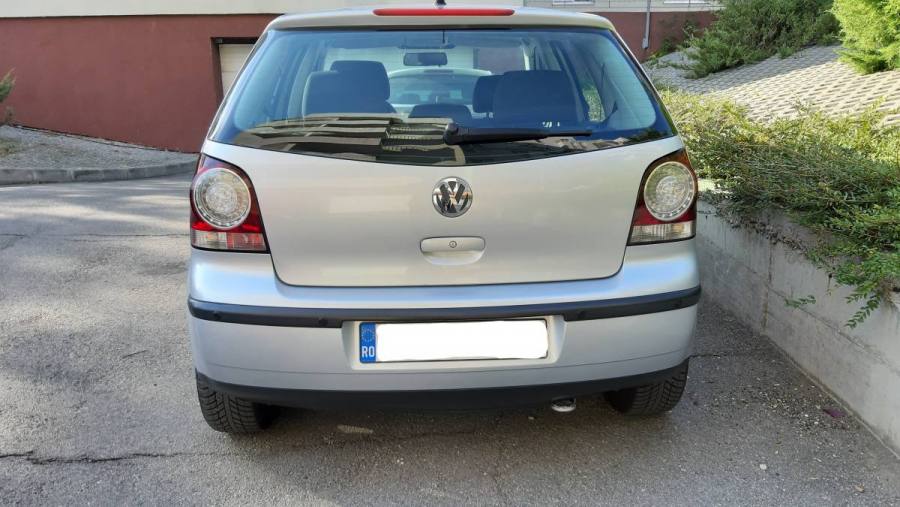
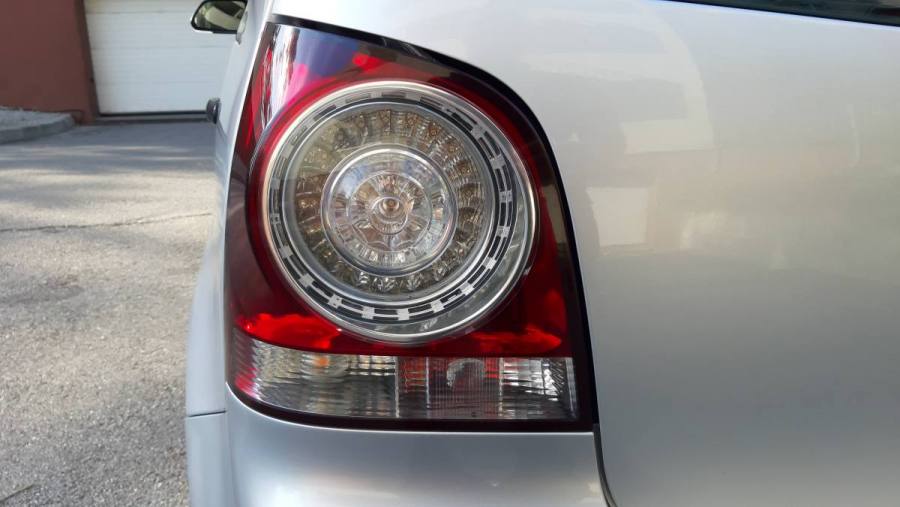

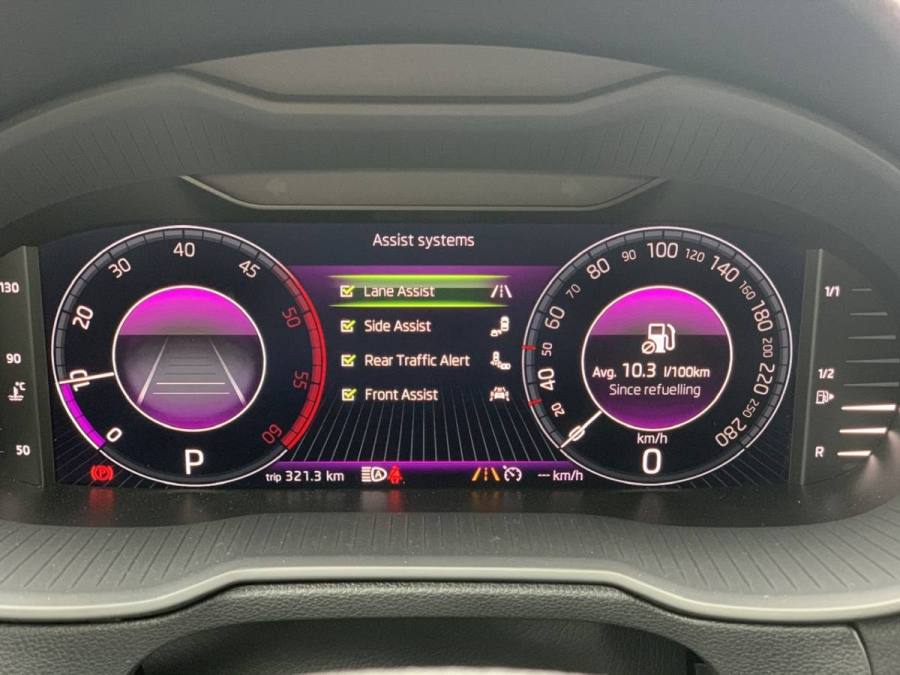
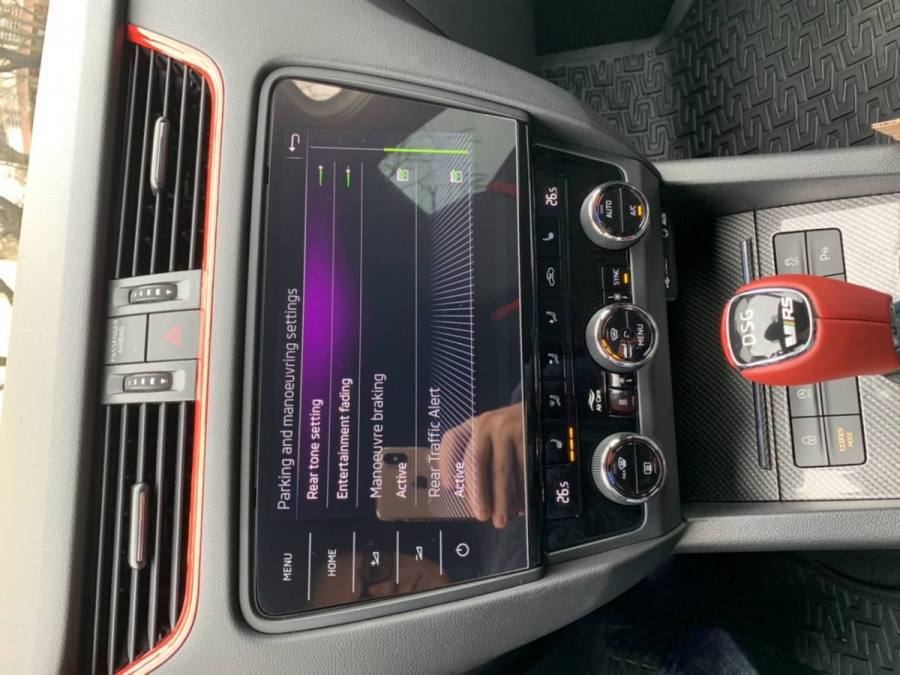
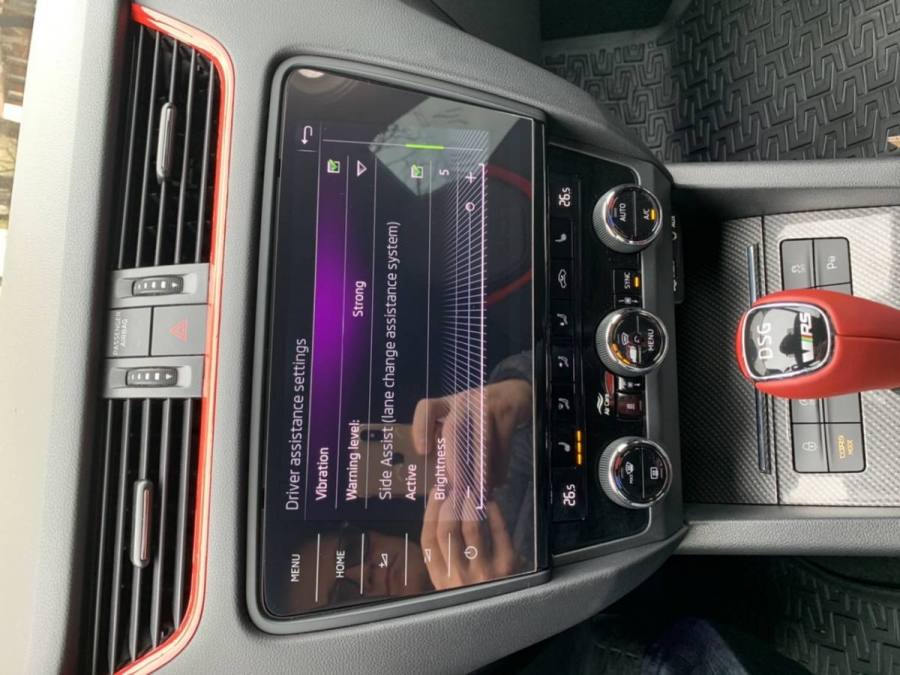
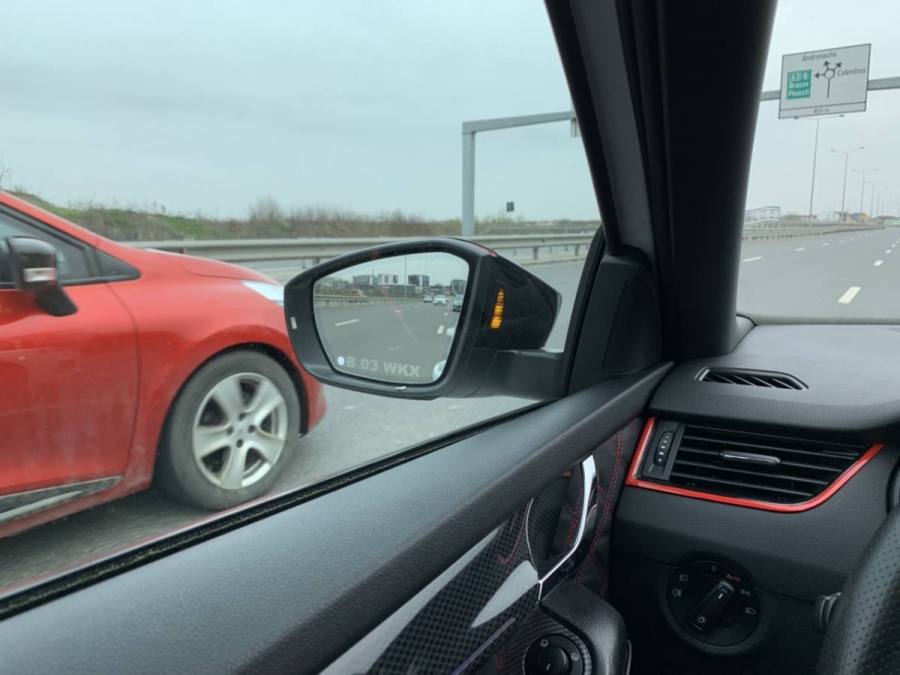

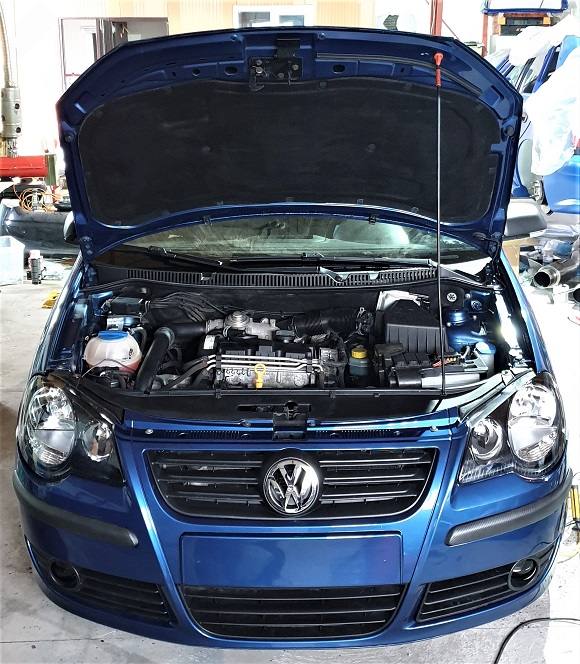
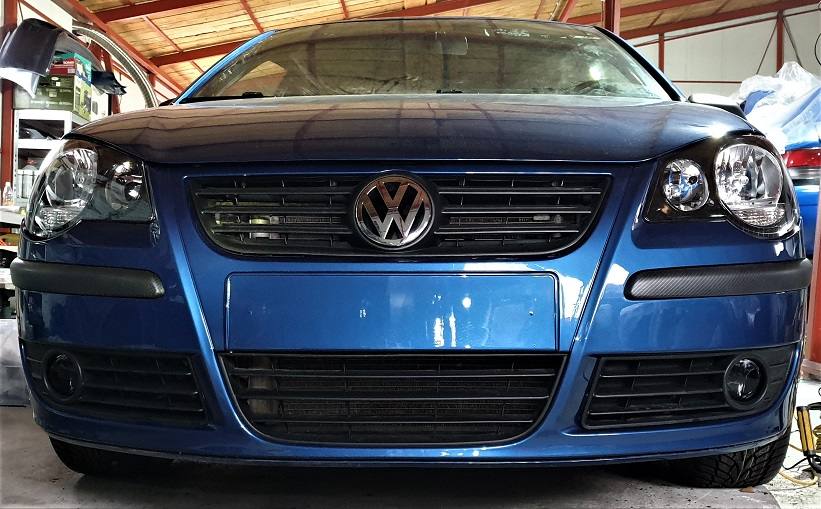
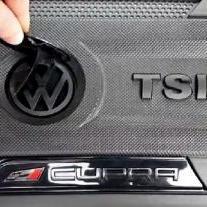
(640x480)(2).jpg.76743429ff4a3424178410cc43883101.thumb.jpg.c3f575a277e3a6f7485adb64a002954a.jpg)

